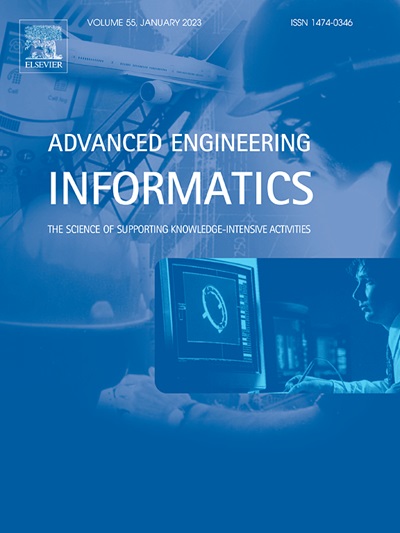mKGMPP: A multi-layer knowledge graph integration framework and its inference method for manufacturing process planning
IF 8
1区 工程技术
Q1 COMPUTER SCIENCE, ARTIFICIAL INTELLIGENCE
引用次数: 0
Abstract
Manufacturing process planning is the process of organizing the production steps based on product design. It aimed at determining the process routes and formulating resource allocation strategies in response to digital model. In the process of connecting product design and manufacturing, designers and manufacturing technicians focus on different aspects of the digital model. This leads to a distortion when manufacturing technicians transform the digital model information into process information. As a result, this results in a deviation in the mapping between design intent and process intent. Such deviations can lead to disconnections in the association of process knowledge, undermine the consistency and traceability between process documents and digital models. Therefore, this study proposes a multi-layer knowledge graph for manufacturing process planning(mKGMPP) and an interactive manufacturing process planning system (IMPP system) driven by digital model and the proposed knowledge framework. The historical process schemes are analyzed using a dual-dimensional approach based on text and digital model. An extraction strategy based on structured data parsing and intelligent agent processing is employed for textual knowledge extraction. For geometric feature knowledge, the OpenCV library is employed, along with Gaussian blur, morphological operations, and the Canny detection algorithm. The intra knowledge of process schemes is integrated using the 4M1E elements, and multi-dimensional relationships between process schemes are established based on TQCSE. The geometric similarity inference module, process scheme inference module, and processing content modification module have been developed, and an interactive interface has been built based on Gradio. A manufacturing process planning of a slender shaft in the aerospace domain validates the rationality of the proposed knowledge organization framework and knowledge inference method.
求助全文
约1分钟内获得全文
求助全文
来源期刊

Advanced Engineering Informatics
工程技术-工程:综合
CiteScore
12.40
自引率
18.20%
发文量
292
审稿时长
45 days
期刊介绍:
Advanced Engineering Informatics is an international Journal that solicits research papers with an emphasis on 'knowledge' and 'engineering applications'. The Journal seeks original papers that report progress in applying methods of engineering informatics. These papers should have engineering relevance and help provide a scientific base for more reliable, spontaneous, and creative engineering decision-making. Additionally, papers should demonstrate the science of supporting knowledge-intensive engineering tasks and validate the generality, power, and scalability of new methods through rigorous evaluation, preferably both qualitatively and quantitatively. Abstracting and indexing for Advanced Engineering Informatics include Science Citation Index Expanded, Scopus and INSPEC.
 求助内容:
求助内容: 应助结果提醒方式:
应助结果提醒方式:


